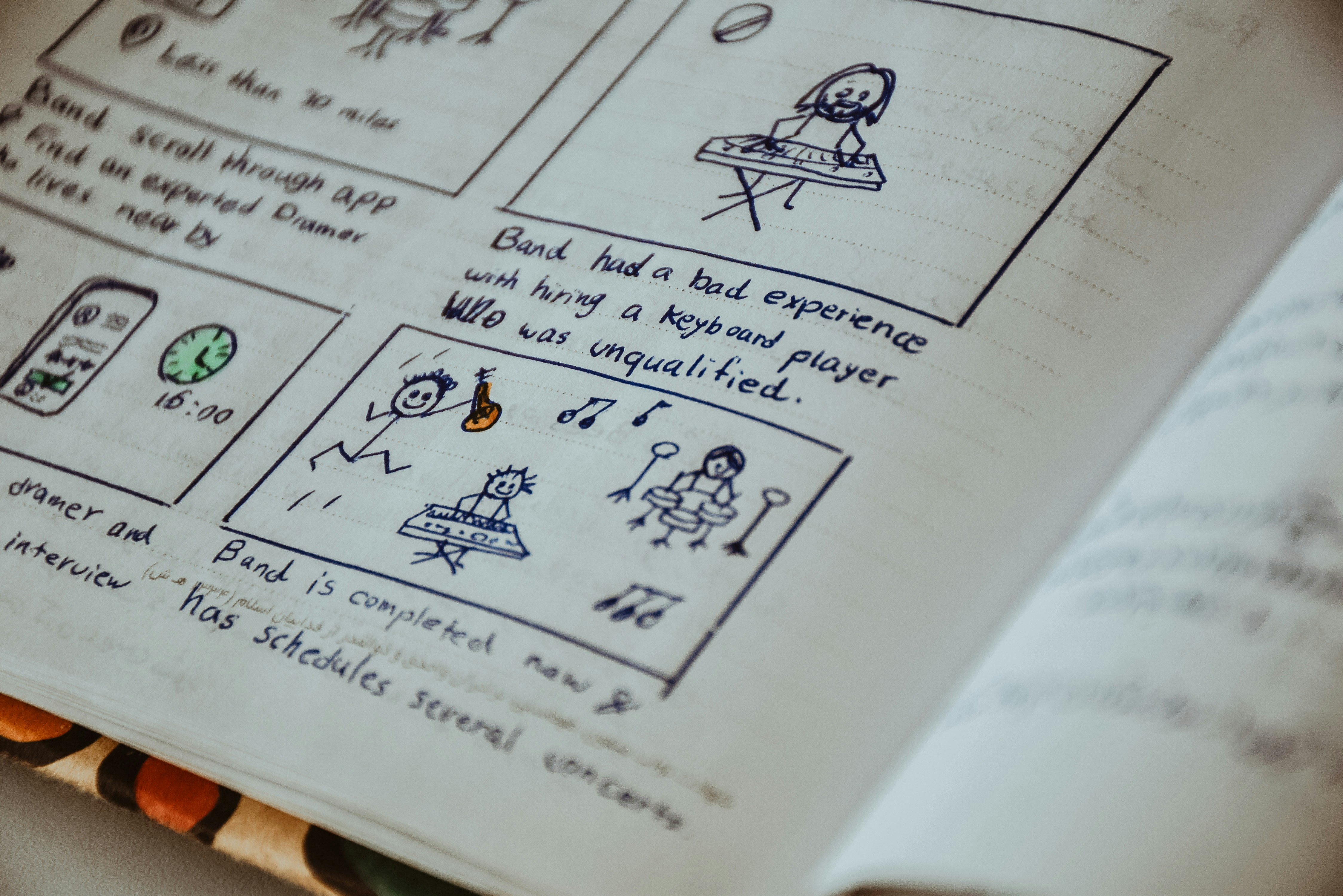Low Fidelity
Low Fidelity
Low Fidelity
Journey Walkthrough

Overview
A Journey Walkthrough is a visual experiment that helps us test whether a customer journey or service experience is intuitive before building it. At Future Foundry, we use this method to map out the ideal experience, identify friction points, and refine interactions based on customer feedback. This experiment is particularly valuable for new service models, onboarding flows, and customer journeys, allowing us to simulate an experience before committing to full development.
A Journey Walkthrough is a visual experiment that helps us test whether a customer journey or service experience is intuitive before building it. At Future Foundry, we use this method to map out the ideal experience, identify friction points, and refine interactions based on customer feedback. This experiment is particularly valuable for new service models, onboarding flows, and customer journeys, allowing us to simulate an experience before committing to full development.
A Journey Walkthrough is a visual experiment that helps us test whether a customer journey or service experience is intuitive before building it. At Future Foundry, we use this method to map out the ideal experience, identify friction points, and refine interactions based on customer feedback. This experiment is particularly valuable for new service models, onboarding flows, and customer journeys, allowing us to simulate an experience before committing to full development.
Process
We create a series of simple illustrated frames, each representing a step in the customer experience. These can be hand-drawn sketches, digital wireframes, or even a slide deck that tells a sequential story. Customers are then asked to walk through the journey as if they were experiencing it in real life, describing what they expect at each stage. We observe where they hesitate, where they get confused, and which parts resonate most. Once feedback is gathered, we refine the journey, ensuring that the final product or service experience aligns with natural customer expectations.
We create a series of simple illustrated frames, each representing a step in the customer experience. These can be hand-drawn sketches, digital wireframes, or even a slide deck that tells a sequential story. Customers are then asked to walk through the journey as if they were experiencing it in real life, describing what they expect at each stage. We observe where they hesitate, where they get confused, and which parts resonate most. Once feedback is gathered, we refine the journey, ensuring that the final product or service experience aligns with natural customer expectations.
We create a series of simple illustrated frames, each representing a step in the customer experience. These can be hand-drawn sketches, digital wireframes, or even a slide deck that tells a sequential story. Customers are then asked to walk through the journey as if they were experiencing it in real life, describing what they expect at each stage. We observe where they hesitate, where they get confused, and which parts resonate most. Once feedback is gathered, we refine the journey, ensuring that the final product or service experience aligns with natural customer expectations.
Requirements
To run this experiment, we need a structured storyboard format that clearly illustrates key steps in the experience. Customers must be engaged enough to provide thoughtful feedback, making it best suited for qualitative insight collection before high-fidelity prototyping.
To run this experiment, we need a structured storyboard format that clearly illustrates key steps in the experience. Customers must be engaged enough to provide thoughtful feedback, making it best suited for qualitative insight collection before high-fidelity prototyping.
To run this experiment, we need a structured storyboard format that clearly illustrates key steps in the experience. Customers must be engaged enough to provide thoughtful feedback, making it best suited for qualitative insight collection before high-fidelity prototyping.
Discover other experiments
Explore more real-world experiments that have helped teams validate ideas, reduce risk, and accelerate innovation.

